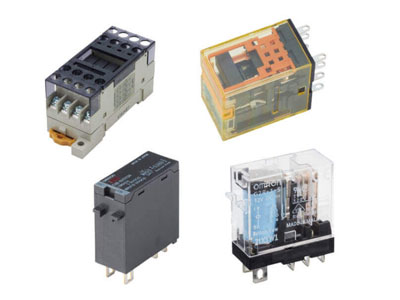How To Choose A Relay?
Key Takeaway
Choosing a relay involves several key considerations. First, consider the size to ensure it fits your application. Look at the switching speed and frequency to match your operational needs. Mechanical durability is important for long-term use. Check the surge current durability to handle sudden spikes. Ensure the voltage rating meets your circuit’s requirements. The operating environment is crucial; some relays are better suited for harsh conditions. Also, consider the isolation between control and load circuits for safety. Finally, if you need to control multiple circuits, look for relays with multiple contacts. These factors help you select the right relay for your needs.
Understanding Relay Basics: Types and Functions
Relays are electrically operated switches that control circuits by using an electromagnet to open or close contacts. There are various types of relays, each designed for specific applications. Common types include electromechanical relays, solid-state relays, and reed relays. Electromechanical relays use moving parts to switch circuits, making them suitable for high-power applications. Solid-state relays, with no moving parts, offer faster switching and longer lifespan. Reed relays are compact and ideal for low-power applications. Understanding these basics helps engineers select the right relay for their needs, ensuring reliable and efficient circuit control.

Key Factors to Consider When Selecting a Relay
Selecting the right relay involves considering several key factors. The first factor is the load type, whether it’s resistive, inductive, or capacitive, as this affects relay performance. Next, consider the current and voltage requirements of the circuit. The relay must be able to handle the maximum current and voltage without overheating or failing. Additionally, the relay’s switching speed and frequency are important, especially in applications requiring rapid or frequent switching. Engineers should also evaluate the relay’s contact material and configuration to ensure it meets the specific demands of the application.
Considerations for Choosing Relay Load and Coil Ratings
Choosing the correct load and coil ratings is crucial for relay selection. The load rating indicates the maximum current and voltage the relay can safely switch. For instance, a relay with a 10A/250V AC rating can handle up to 10 amps of current at 250 volts AC. Coil ratings, on the other hand, refer to the voltage and current needed to energize the relay. It’s essential to match the coil voltage with the control signal to ensure proper operation. Selecting relays with appropriate load and coil ratings ensures reliable performance and prevents potential damage to the relay or circuit.
Importance of Environmental Conditions in Relay Choice
Environmental conditions significantly impact relay performance and longevity. Factors such as temperature, humidity, and exposure to dust or corrosive substances can affect relay operation. For example, high temperatures can cause relay coils to overheat, leading to failure. Similarly, relays used in humid or dusty environments require protective enclosures to prevent moisture and debris from affecting the contacts. Engineers must consider these conditions when selecting relays, opting for designs that can withstand the specific environmental challenges of their applications. Ensuring the relay is suitable for its operating environment enhances reliability and extends its service life.
The Role of Coil Voltage in Relay Selection
Coil voltage is a critical factor in relay selection, determining the voltage required to activate the relay. Common coil voltages include 5V, 12V, and 24V, corresponding to standard control signals in various systems. It’s important to match the relay’s coil voltage with the control circuit’s voltage to ensure proper operation. Using a relay with an incorrect coil voltage can lead to malfunction or failure. Engineers should verify the control signal voltage and select a relay with a compatible coil rating. Proper coil voltage selection ensures that the relay responds correctly to control signals, maintaining system reliability.
Conclusion
Choosing the right relay involves understanding its types, functions, and the key factors affecting its performance. Engineers should carefully consider the load type, current and voltage ratings, environmental conditions, and coil voltage. By matching these specifications to the application requirements, they can ensure reliable and efficient relay operation. Regularly reviewing and updating knowledge about relay technologies also helps in making informed decisions. For newly joined engineers, mastering these aspects of relay selection is essential for developing robust and efficient electrical systems, ultimately leading to more successful and reliable projects.
